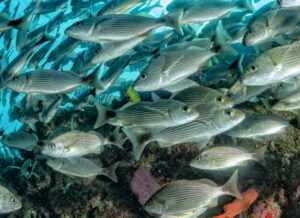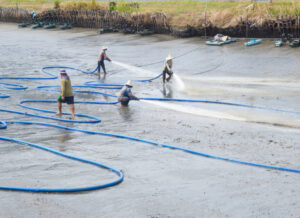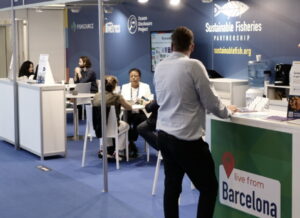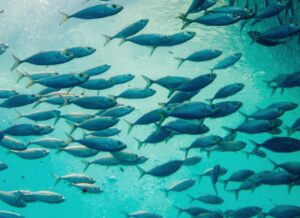
Search Results
-

-
Page
Support Us
Help us secure a sustainable future for fisheries and oceans around the world. Your contribution to Sustainable Fisheries Partnership (SFP) will help us safeguard marine and aquatic ecosystems, maintain depleted fish stocks, reduce the impact of fishing on ocean wildlife and biodiversity, protect the livelihoods of fishers and fishing communities,…
-
Advisory Services Blog
Housekeeping time: Review and update your Seafood Metrics account users
A well-maintained system keeps your team efficient and your seafood sustainability data secure. Just as you might tidy up your workspace, it’s a good time to review and update your Seafood Metrics account users to ensure that access remains current and relevant. Here are some simple steps to help you…
-
Page
Seafood Expo Global 2025
Read on for all the highlights from our three days in Barcelona at Seafood Expo Global 2025.
-
Press Release
New milestone in sustainable fisheries: Peru unveils revised jumbo flying squid (pota) regulation
After four years of collaboration among artisanal fishers, processors, government authorities and NGOs, the Peruvian Ministry of Production (PRODUCE) has published Supreme Decree No. 003-2025-PRODUCE for the regulation and management of the jumbo flying squid (Dosidicus gigas) fishery. The new decree, or ROP for its Spanish acronym, marks a significant… -
eNewsletter
Highlights from Seafood Expo North America 2025
-
Event
Supporting the transition to seabird-safe tuna fishing
At a panel co-hosted by SFP with the Southern Seabird Trust, Janice Molloy, convener of the Trust, a partnership of New Zealand industry, NGOs, and government, spoke about the risks that fishing presents to the Antipodean wandering albatross. Since 2005, about 60% of the population has been lost, almost entirely… -
Event
Improving access to on-demand fishing gear through gear libraries
A panel co-hosted with the International Fund for Animal Welfare (IFAW) explored the invaluable contribution of gear libraries in the US and Canada to protecting both threatened marine wildlife and fishers’ livelihoods. Entanglement in traditional fixed line fishing gear poses a threat to the Critically Endangered North Atlantic right whale… -
Feed Solution
Zero Deforestation and Conversion (ZDC) Methodology (Earthworm Foundation)
What is it? The Zero Deforestation and Conversion (ZDC) methodology is a deforestation and conversion risk assessment protocol for soy supplies. It verifies that a physical flow of soy from the production area to the shipment meets these Zero Deforestation and Conversion (ZDC) criteria: not related to deforestation or conversion…
-

